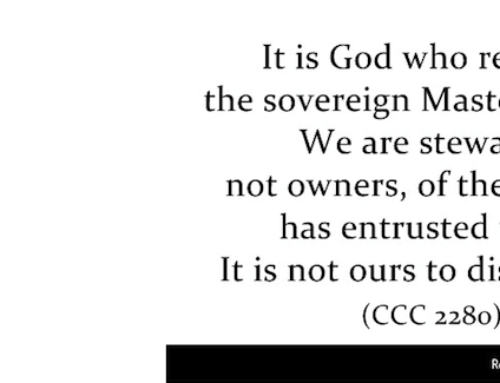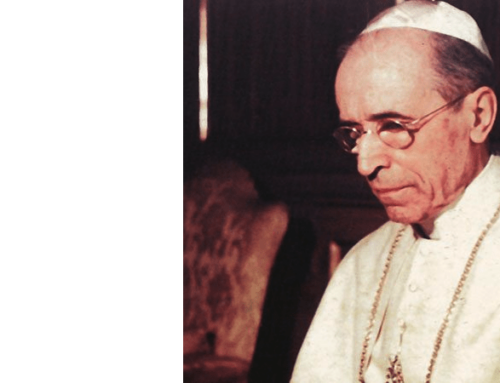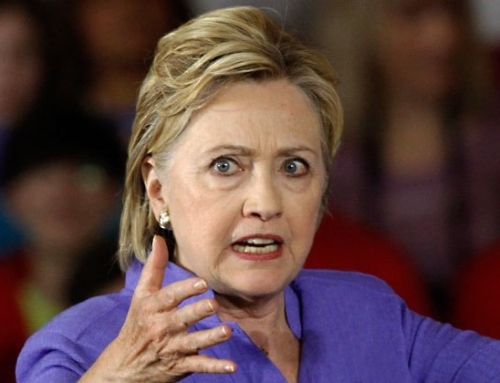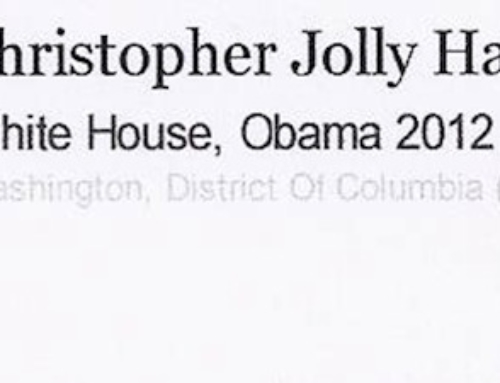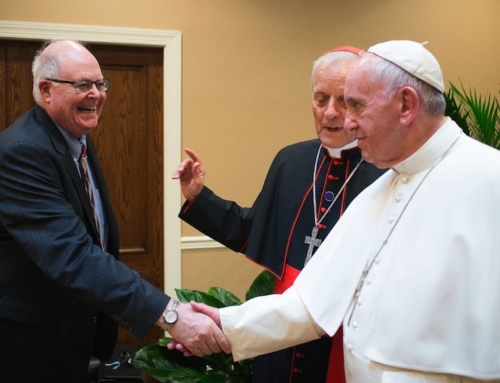by William Donohue
(Catalyst, 7/2006)
Every now and then, I read a book I wish I had written. Such a book is Patrick M. Garry’s Wrestling with God: The Courts’ Tortuous Treatment of Religion. For those interested in how the courts have twisted the First Amendment’s guarantee of religious liberty into an unseemly mess, this is the book to buy. Garry offers a masterful account of the attenuation of religious liberty by a series of inconsistent and poorly reasoned decisions.
We have come a long way from the time when religious liberty was robustly celebrated by the framers of the Constitution to the point where singing “Silent Night” at a public school Holiday or Winter concert (formerly known as the Christmas concert) is likely to trigger a lawsuit. What this has to do with the First Amendment is something only those bent on rewriting history are prepared to argue.
Leonard Levy is one of the nation’s leading students of the First Amendment. It is his view that the First Amendment does not offer much latitude to the public expression of religion. But as Garry points out, even a strict separationist like Levy never thought that the expression “under God” in the Pledge of Allegiance would ever be challenged in the courts. Levy made that prediction in 1994, only a decade before the Supreme Court considered such a case.
The First Amendment begins, “Congress shall pass no law respecting an establishment of religion, or prohibiting the free exercise thereof.” Regarding the “establishment” provision, we know from the author of this amendment, James Madison, that those words were penned to prohibit the Congress from establishing a national church and to prohibit the federal government from showing favoritism of one religion over another; what the states decided was to be their business. As for the reference to “free exercise,” it was meant to insulate religion from the reach of the state. As we now know, this is hardly the way most judges view the First Amendment today.
Under the current view, Garry instructs, “the exercise and establishment clauses [are] seen as being ‘at war with each other,’ with the exercise clause conferring benefits on religion and the establishment clause imposing burdens.” He wryly notes that “It was as if the framers had intended the two clauses to cancel each other out, producing a kind of zero-sum result with regard to religion.” He adds that “such an approach makes no textual sense, because the exercise clause is essentially being nullified by the establishment clause.” In other words, such reasoning has resulted in a form of judicial jujitsu.
Garry is correct to say that “there is no constitutional basis for interpreting the establishment clause as contradictory to the exercise clause,” and that is why he sees them forming “a single, unified religion clause that seeks exclusively to protect religious liberty.” He aptly quotes Michael Paulson to the effect that the establishment clause “prohibits the use of the coercive power of the state to prescribe religious exercise, while the exercise clause prohibits the use of government compulsion to proscribe religious exercise.”
No matter, today’s rendering of the First Amendment pays no attention to what the framers wanted. Instead, much attention is given to the alleged “wall” that separates church and state. But prior to the Everson decision in 1947, there was no talk about this proverbial wall. Such talk became commonplace only after Supreme Court Justice Hugo Black (a former Ku Klux Klan member who hated Catholicism) lifted the metaphor from a letter that Thomas Jefferson wrote in 1802 and inserted it into his 1947 decision. For the record, Jefferson penned his famous “wall” statement to convey his belief that the relationship between the federal government and religion should remain distant: the states, he reasoned, were best suited to deal with matters religious, and that is why as a Virginia legislator and governor he thought it proper for his state to endorse days of fasting and thanksgiving.
Once Black prevailed in his “wall of separation” opinion, it led the courts to become increasingly hostile to religious liberty. This hostility was given a new shot in the arm in the high court’s 1971 Lemon v. Kurtzman ruling. This decision held that for a statute to pass constitutional muster, it must have a secular purpose, must not advance or inhibit religion and must not foster “excessive government entanglement with religion.” Easier said than done.
In the wake of raising the bar so high, towns were told they could not have a nativity scene displayed on public property without displaying baby Jesus with a reindeer. Similarly, the parents of children who had been receiving remedial education from public school teachers in a parochial school—for two decades without a single complaint—were suddenly informed that this practice violated the U.S. Constitution. Even candy canes with religious messages had to be confiscated lest some high priest of tolerance objects.
To make matters worse, not only have the courts chopped the religious liberty clause in two—assigning a subordinate position to the free exercise provision—they have assigned a subordinate position to religious speech vis-à-vis secular speech. For example, the courts typically grant constitutional protection to obscene speech—including obscenities that target religion—but they quickly become censorial when it comes to religious speech. So absurd has this condition become that the student who spews vulgarities at a high school commencement address has a much better chance of proceeding with impunity than the student who invokes the name of Jesus. Indeed, a student who curses Jesus has a better chance of escaping the wrath of school officials than the student who quotes Jesus.
“Textually,” Garry writes, “the Constitution provides greater protection for religious practices than for any secular-belief-related activities.” In fact, he contends, not only is religious speech afforded protection via the free exercise provision, it receives further immunity via the free speech clause of the First Amendment. It is precisely because Garry is so right about this that it is positively maddening to read court decisions that allow the establishment provision to trump religious speech. Such revisionism has created more than a legal nightmare—its tentacles have been felt in the nucleus of our culture: the public expression of religion has atrophied under the weight of judicial activism.
The way it works now, in order to get the courts to regulate secular speech, a direct cause and effect must be shown. For instance, the courts must be persuaded that if a particularly inflammatory exercise of speech occurs, then a particularly dangerous condition is almost certain to follow. Notwithstanding this caveat, the courts have allowed Nazis to march in a Jewish suburb, thus demonstrating the near absolute status it grants secular speech. But when it comes to religious speech—such as a nativity scene erected in the public square—all it takes for the courts to get involved is the outcry of someone who claims to be offended. This explains why many defense attorneys now argue that the religious expression they are defending is not a matter of free exercise, it is a matter of free speech.
There is something absurd going on when a crucifix drowned in a jar of urine can be hung from a Christmas tree in the rotunda of a state capitol building, but a crucifix that is reverentially displayed can be prohibited (this hasn’t happened yet, but it will). What this represents is nothing short of a bastardization of the intent of the framers: just as the left likes to play fast and loose with Scripture, the left likes to play fast and loose with the Constitution. Fidelity to the original text means nothing to ideologues bent on winning at all costs.
There are some legal scholars who find solace in recent court decisions that seek to skirt the Lemon rule by promoting a principle of neutrality: the government, so goes the argument, should remain neutral in cases involving religious expression. But Garry is not among them. Although he welcomes neutrality as a change from the hostility towards religion found in Lemon, he makes it clear that the framers never intended to “place religion and nonreligion on the same level.”
The evidence that Garry marshals to support his argument about the intent of the framers is irrefutable. Despite attempts by secular supremacists to impose a rigidly secular vision of the common good on the rest of us, and their enfeebled attempts to distort history, nothing can change the words of the framers. They understood the critical connection between religion and freedom and it was their expressed view that self-government could not take root in a society without a strong religious—read Christian—foundation. From the beliefs, practices and public statements of the framers, to their insistence on ordered liberty, the men who launched our nation always gave due deference to the indispensable role that religion plays in society.
It is truly one of the great tragedies of our law schools that students are taught virtually nothing about the religious and moral underpinnings of our society. Indoctrinated in formalisms, they think that rules and procedures are the heart and soul of a free society. The founders would have regarded such a conception of liberty as impoverished, so totally myopic as to render it useless.
For freedom to prosper, civil liberties must be respected, but there is more to freedom than individual rights: a degree of civility and a sense of community must also prevail. Religious liberty helps to provide the latter, and without it all the rights in the world matter little in the end.
“The only way to preserve religious liberty and uphold the spirit of the First Amendment,” Garry informs, “is for the courts to articulate an enduring and consistent theory of the religion clauses.” To do this, however, requires an intellectual assault on the postmodernist game of rewriting history. Garry has made his contribution, and for that we can all be grateful.


